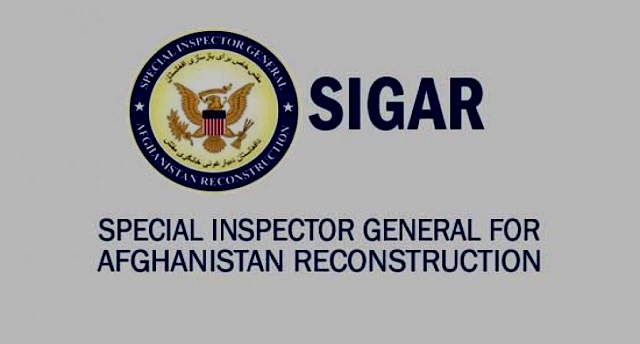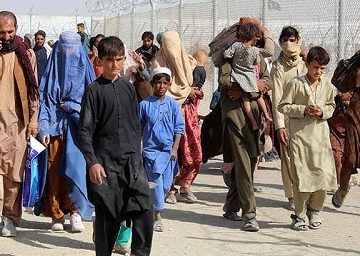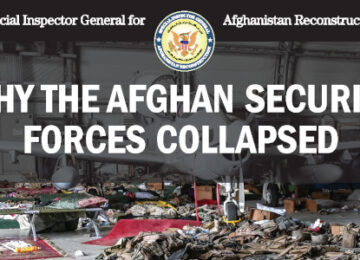May 2, 2019
SIGAR’s latest quarterly report, released on April 30, 2019, regarding security situation in Afghanistan reveals the NATO-led mission, Resolute Support, “formally notified SIGAR that it is no longer assessing district-level insurgent or government control or influence.” As per the communication from the US military command in Afghanistan, mentioned in the report, district stability data “was of limited decision-making value to the Commander” and that the US military found “uncertainty in the models” that produce this data. At the same time, however, the report also stated that “despite its limitations, the control data was the only unclassified metric provided by [Resolute Support] that consistently tracked changes to the security situation on the ground.”
Special Inspector General for Afghanistan Reconstruction (SIGAR) is a body set up by Congress to audit US spending in the war.
Other key highlights of the report are as under:
— According to RS, enemy-initiated attacks rose considerably: the monthly average attacks from November 2018 through January 2019 increased by 19% compared to the monthly average over the previous reporting period (August 16 to October 31, 2018).
— The United Nations Assistance Mission in Afghanistan (UNAMA) documented 10,993 civilian casualties in Afghanistan in 2018, an overall increase of 5% compared to 2017. The number of civilians killed (3,804), increased by nearly 11% compared to 2017 and was the highest number recorded since UNAMA began recording civilian-casualty data in 2009.
— Civilian casualties from attacks deliberately targeting civilians by Islamic State-Khorasan (IS-K) more than doubled from 843 in 2017 to 1,871 in 2018, mainly from suicide and other attacks, including deliberate sectarian-motivated attacks against the minority Shi’a Muslim population.
— In 2018, UNAMA reported 1,015 total casualties as the result of aerial operations in Afghanistan, including 536 deaths. During the same period, Resolute Support reported 183 total casualties, including 71 deaths, as a result of aerial operations in Afghanistan.
— USFOR-A reported that the number of Afghan National Defense and Security Forces (ANDSF) casualties sustained between December 1, 2018, and February 28, 2019, were approximately 31% higher than the same period one year prior.
— AC-208 pilot training classes in the United States were dissolved due to the number of Afghan trainees that were going absent without leave (AWOL). Over 40% of the students in the training went AWOL. The remaining students have been pulled back to complete their training in Afghanistan.
— Following a significant drought in 2018, severe floods affected more than 163,000 people. Of those affected, more than 42,000 Afghans had been displaced. The UN reported that 63 people had died as a result of the floods and that an additional 31 people had been injured, as of March 19, 2019.
— As of March 11, 2019, most Afghan households faced acute food insecurity – meaning they were likely to suffer acute malnutrition or be forced to deplete assets to meet minimum needs. Some households had resorted to selling children or forcing them into childhood marriages in order to survive, according to the State Department.
— According to CSTC-A, the Afghan Attorney General’s Office cannot effectively manage its caseload and maintains more than 6,000 outstanding warrants while Afghan government agencies responsible for executing warrants are ineffective and largely unwilling to perform the task. Individuals awaiting trial and convicted felons remain free.
— The Department of Justice reported that they had “no opinion” on the Afghan government’s political will to pursue major crimes and corruption cases, but that recent events indicate an improved commitment to prosecute major crimes and corruption cases. In its most recent report to the State Department, however, DOJ said that while the Afghan government has made some progress, it has not demonstrated it is serious about combating corruption. DOJ also said that the Afghan government needs to demonstrate real initiative to prosecute corrupt actors without having to be told to do so (presumably by international partners).
— SIGAR analysis of World Bank data shows that foreign grants currently finance more than 70% of combined Afghan government expenditures and off-budget security and development spending. The International Monetary Fund (IMF) projects that the Afghan government’s domestic revenues will continue to cover less than 50% of government expenditures through 2023.








